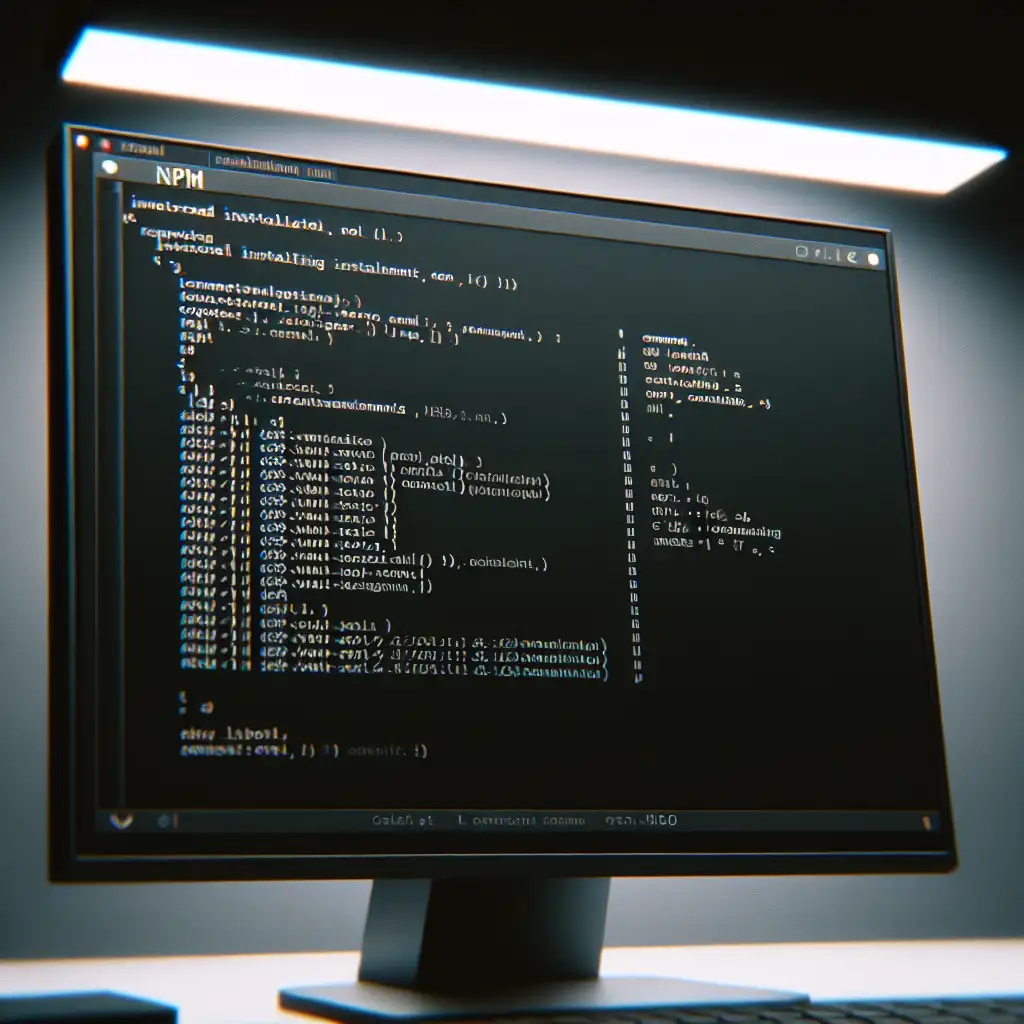Mastering npm Installation on Linux: Efficient Setup and Common Pitfalls to Avoid
Forget “one-size-fits-all” installation guides—this post breaks down the nuanced steps and specific Linux distribution quirks that can make or break your npm setup, empowering you to install npm confidently and troubleshoot like a pro.
Why Getting npm Right on Linux Matters
As a developer, you know that npm (Node Package Manager) is essential for managing JavaScript packages, building projects, and streamlining development workflows. But installing npm on Linux isn’t always straightforward. Missteps can lead to version conflicts, permission headaches, or even security risks that slow down your project timeline.
That’s why understanding the correct installation process tailored to your Linux distro is critical. In this guide, I’ll walk you through:
- Installing Node.js and npm properly on popular Linux distros
- Avoiding common pitfalls like outdated versions or permission errors
- Tips for maintaining and updating npm without breaking your environment
Let’s dive in!
Step 1: Choose the Right Installation Method for Your Linux Distribution
npm is bundled with Node.js. So first, you need Node.js installed before you can use npm. Here are the major ways to install Node.js + npm on Linux:
Option A: Use Your Distro’s Package Manager (Simple but Risks Outdated Versions)
For Ubuntu/Debian:
sudo apt update
sudo apt install nodejs npm
For Fedora:
sudo dnf install nodejs npm
Warning:
The versions in official repos are often outdated. For example, Ubuntu 20.04 ships with Node.js v10 while current LTS is v18+. Using outdated npm can cause compatibility issues with modern packages.
Option B: Use NodeSource Binary Distributions (Recommended for Updated Stable Versions)
NodeSource maintains up-to-date Node.js binaries for multiple distros.
For Ubuntu/Debian (example with Node.js 18.x):
curl -fsSL https://deb.nodesource.com/setup_18.x | sudo -E bash -
sudo apt-get install -y nodejs
For Fedora:
curl -fsSL https://rpm.nodesource.com/setup_18.x | sudo bash -
sudo dnf install nodejs
This method ensures you get current LTS versions of Node.js and npm without waiting for distro package updates.
Option C: Use nvm (Node Version Manager) for Flexibility
If you want to manage multiple versions of Node.js easily and avoid messing with system-wide installs, nvm is a great tool.
Install nvm:
curl -o- https://raw.githubusercontent.com/nvm-sh/nvm/v0.39.4/install.sh | bash
source ~/.bashrc # or ~/.zshrc depending on shell
Install latest LTS Node.js version:
nvm install --lts
nvm use --lts
Now node and npm are available in your shell with isolated user permissions.
Step 2: Verify Your Installation
After installation, always confirm versions to avoid surprises:
node -v
npm -v
Example output:
v18.16.0
9.5.1
If you see errors like “command not found,” double-check your PATH environment variable or reinstall using the appropriate method above.
Step 3: Avoid Common Pitfalls When Using npm on Linux
Pitfall 1: Permission Errors When Installing Global Packages
Trying to run:
npm install -g some-package
may throw errors like EACCES: permission denied.
Why? By default, global installs try to write to system directories owned by root.
Fix: Avoid using sudo directly with npm. Instead, configure a user directory for global installations.
Set up a directory in your home folder:
mkdir "${HOME}/.npm-global"
npm config set prefix "${HOME}/.npm-global"
Add this directory to your PATH by appending to .bashrc or .zshrc:
export PATH=$HOME/.npm-global/bin:$PATH
Reload shell config (source ~/.bashrc) then retry global installs without sudo.
Pitfall 2: Mixing Package Managers (apt vs nvm) Can Cause Conflicts
Avoid installing Node.js via both your package manager and nvm simultaneously — this leads to multiple versions confusing the shell environment.
Pick one method at a time; if switching later, completely uninstall previous instances.
Bonus Tips for Smooth npm Usage on Linux
-
Regularly update Node.js & npm to leverage security patches and features.
With nvm:
nvm install --lts --reinstall-packages-from=current -
Clean stale caches if encountering weird package bugs:
npm cache clean --force -
Use package-lock.json files consistently within projects to avoid dependency hell.
Recap — The Most Efficient Way To Get npm Running Smoothly On Your Linux Machine
| Method | Best For | Pros | Cons |
|---|---|---|---|
| Distro Package Manager | Quick installs, stable environments | Easy | Often outdated versions |
| NodeSource Binaries | Getting latest stable LTS releases | Up-to-date; officially maintained | Requires manual setup |
| nvm | Managing multiple versions per-user | Highest flexibility; no root required | Slight learning curve |
Final Thoughts
Installing and configuring npm correctly on Linux lays the foundation for all your JavaScript development efforts. Skip the frustration of version mismatches or permission headaches by choosing the right method from the start—and don’t hesitate to leverage tools like nvm if you want maximum control.
With these tips under your belt, you’re ready to tackle JavaScript package management confidently in any Linux environment!
Happy coding! 🚀
Have questions about specific distros or advanced configuration? Drop a comment below—I’m here to help!
